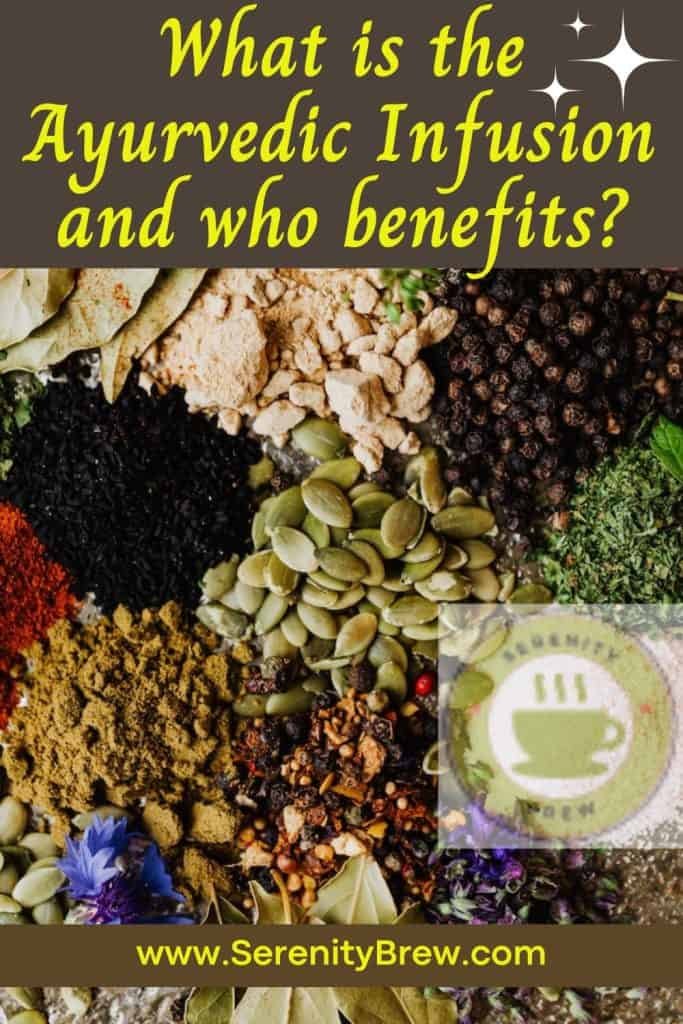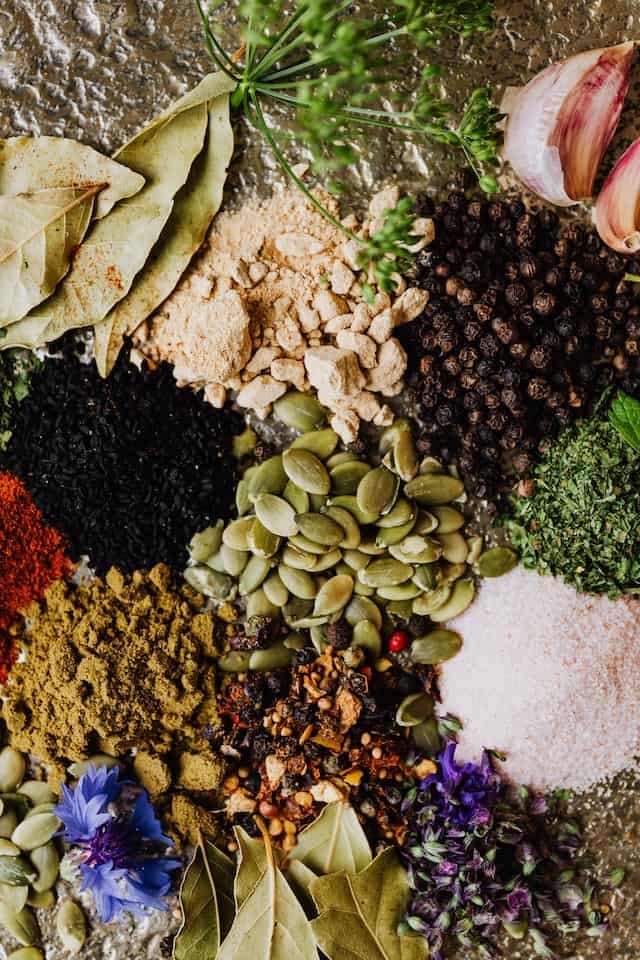
Infusions are a powerful alternative to detoxify, as it helps cleanse the body. Ayurvedic medicine gives great importance to infusions, due to the great power that plants have to heal and regulate the body. In this post you will know what is the ayurvedic infusion and who benefits.
The Ayurvedic system is very old, since it is already more than 3000 years old. The term comprises the union of two Sanskrit words: ayur, whose meaning is “span of life”, and veda, which means “truth” or “knowledge”. In addition, it is studied in India and has only been introducing its knowledge to the West for a few years.
What is an Ayurvedic infusion
Ayurvedic spice infusions are simple and delicious mixtures of flowers, berries and fruits, which are infused when it is about to reach a boil. In addition, these infusions are intended to balance our doshas (those vital energies that play an important role in the biological and psychological functions of the organism).
There are three types of doshas : vata, pitta and kapha that are related and make the body stay balanced. It is the doshas that determine that balance, it can be one of them or a combination of all of them. Also, if you want to know which dosha you are, one trick is to try various Ayurvedic infusions. If you do not feel comfortable with any of them, it will not be because of the taste, it will mean that it is not appropriate for your type of dosha , then you should try another variety.
Most used Ayurvedic infusions
For the Ayurvedic system, plants represent the soul of the earth and honor is given to them. A great variety of species and plants are accepted for their positive effects on the doshas . Below is a list of some of the most used plants and species in Ayurvedic philosophy:
Aloe vera. It is considered as “Youth Vitality”, contains digestive properties and facilitates the assimilation of nutrients. It is a natural stimulant that helps stimulate vitality.
This plant has the same properties as echinacea, which influences the body’s defenses.
It is a plant that is also called “wisdom plant”, it has calming and memory-stimulating properties.
Not only plants, there is also a significant number of species that produce health benefits; Especially when it comes to digestion. The best known are the following:
- The black pepper. Purifies the digestive system and facilitates the absorption of nutrients.
- Cloves. Its smell gives a special touch to the infusions. Among its benefits are: relieve stomach ailments and has anti-inflammatory and antiseptic properties.
- Turmeric. Helps in the digestive process, has calming properties.
- Cardomom. It influences good digestive transit and lowers swelling.
How Ayurvedic infusions are prepared
There are two kinds of Ayurvedic infusions: Hima (cold infusion) and Phanta (hot infusion).
cold Ayurvedic infusion
To prepare it, a part of the plant is required that must be left to soak for 8 hours, the night before. Then the next morning you strain it and it’s ready to drink. Also, the plants used for cold Ayurvedic infusions are those with calming and cooling effects. Among the most frequent actions are: reduce thirst, relieve burning sensation, hydrate and provide benefits for the heart.
With the Mantha version you can prepare cold infusions, and to make it you must leave the plant to soak overnight; thus we will achieve a maceration effect. The proportion to formulate it is 1:4. Then, the next morning, strain it and you can drink it.
Hot Ayurvedic infusion
To prepare it, one part of the plant is required added to 4 parts of boiling water. Let it rest for a few minutes, strain it and you are ready to drink it.
What uses are given to Ayurvedic infusions
The first thing that comes to mind when we think about its use is Ayurveda detox and cleansing infusions. However, this is not true. The effects will depend on the plant used in the infusion. Along with the rest of the substances, the plants act depending on certain parameters: Rasa (taste), Veerya (potency); Vipaka (post-digestive effect) and Guna (attributes).
Due to the above, it can be said then that infusions can have a large number of actions; everything will depend on how the mentioned parameters are combined. The actions can be relaxing, stabilizing, energizing, digestive, cleansing, etc.
What is the Ayurvedic diet

Any benefit that we want to give the body in terms of health must be accompanied by an Ayurvedic diet. Both to maintain good health and to deal with a disease, it is necessary to apply some corrections to the diet and adopt healthy habits. Complying with any treatment should not be limited solely to consuming Ayurvedic medicines, an Ayurvedic diet will be necessary to enhance the results, and thus improve the long-term prognosis.
The Ayurvedic diet consists of choosing the right foods and eating them in appropriate quantities; applying the principles of Ayurvedic medicine. According to the philosophy of this medicine, every substance is made up of five elements: air, fire, ether, water and earth. The various combinations that arise from them give substances certain characteristics or qualities.
In addition, food is also made up of these elements, just like our body. Among those recommended in an Ayurvedic diet are: rice, wheat, barley, green leafy vegetables; desert animal meats, grapes, green soybeans, ghee, rainwater, milk, pomegranate, honey, haritaki (terminalia chebula), radish, etc.
